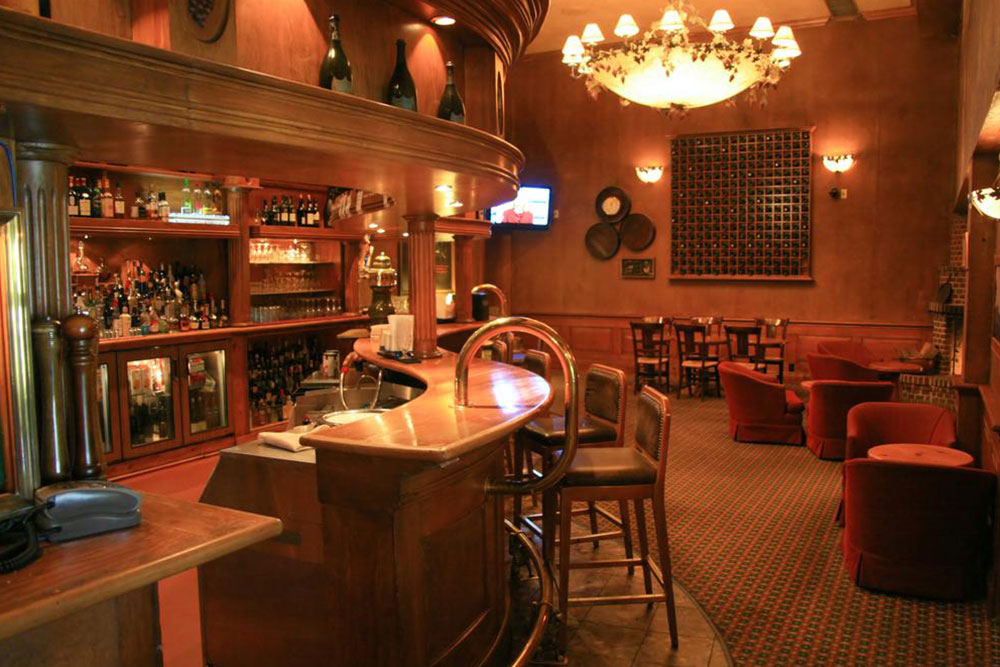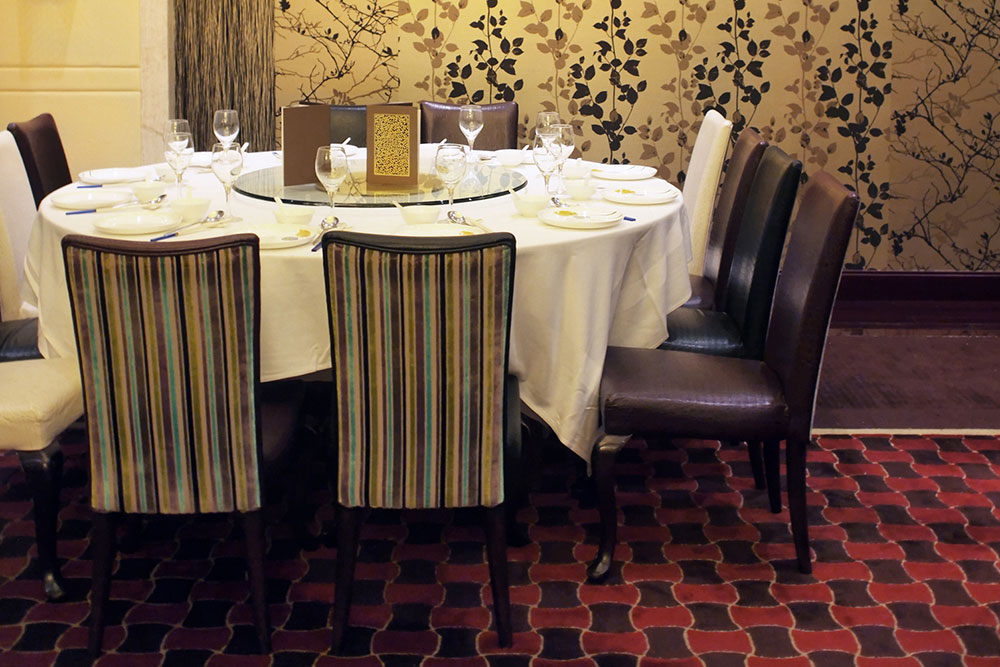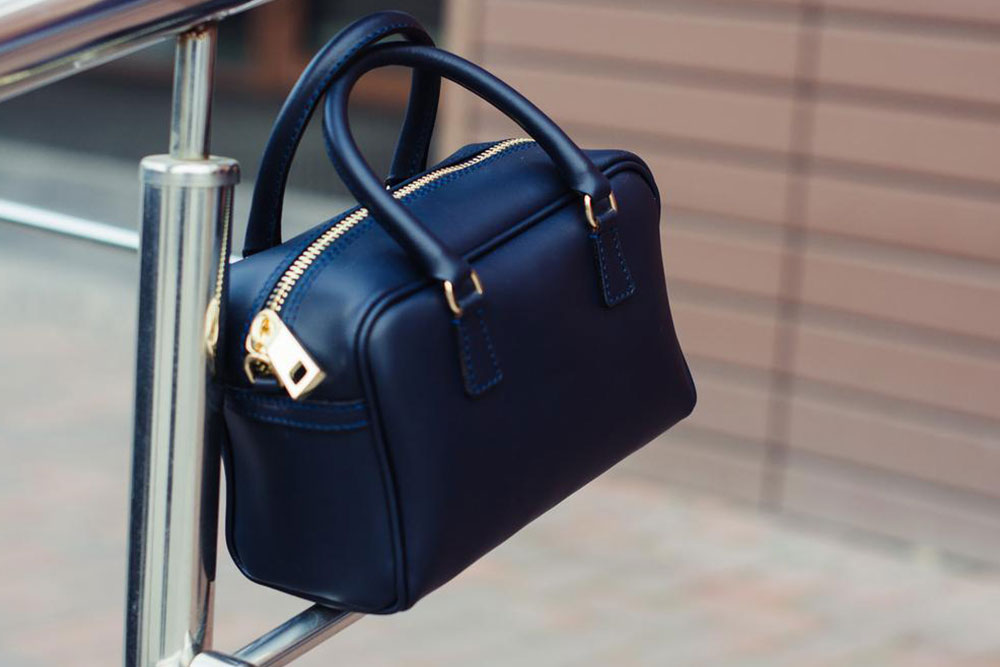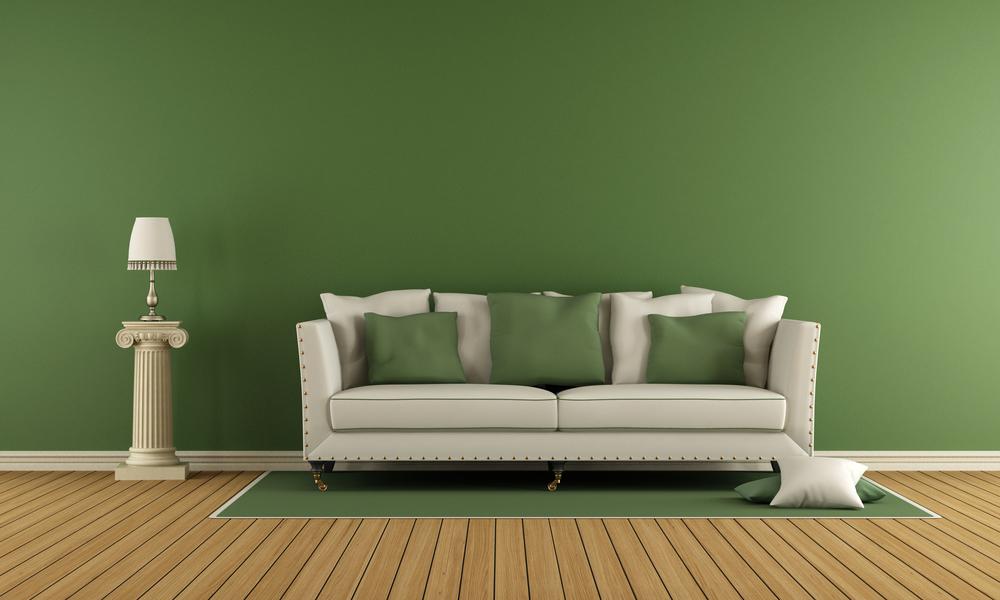Essential Tips for Choosing the Perfect Restaurant Bar Stools
Discover key tips for choosing the right restaurant bar stools, focusing on color, style, and durability. Learn how to match furniture with your restaurant’s theme and ensure long-lasting quality for a welcoming space.

Starting a new restaurant venture involves selecting the right furniture to create an inviting environment. Among these, choosing suitable bar stools is crucial, even for established restaurateurs looking to refresh their space with modern designs or updating existing seating arrangements. Bar stools now serve multiple purposes, appearing even within main dining areas to offer patrons flexible seating options. They come in various styles, materials, colors, and features like different seat and back configurations to match your restaurant’s unique aesthetic.
Here are three vital considerations when selecting restaurant bar stools for your business:
Color: The color of the stools should complement your overall interior design. Whether you opt for warm satin wood finishes or metallic hues, matching the color scheme enhances visual harmony. Custom upholstered stools tailored to your theme are also available.
Style: Choose a style that aligns with your restaurant’s ambiance. Metal stools suit a classic setup, while wooden or hybrid styles can add a modern or rustic vibe. Your choice should reflect the atmosphere you wish to create, ensuring cohesive and inviting spaces.
Durability: Invest in sturdy, high-quality furniture that withstands daily use. When purchasing online, verify product specifications and reviews to gauge durability. Restaurant stools are built differently than household options, making careful research essential for making informed decisions.
Note: The content on our site covers a wide range of topics, offering curated insights based on thorough research. While we strive for accuracy, readers are advised to verify details independently, especially when considering purchases. The website is not liable for discrepancies or promotional differences in other sources.










